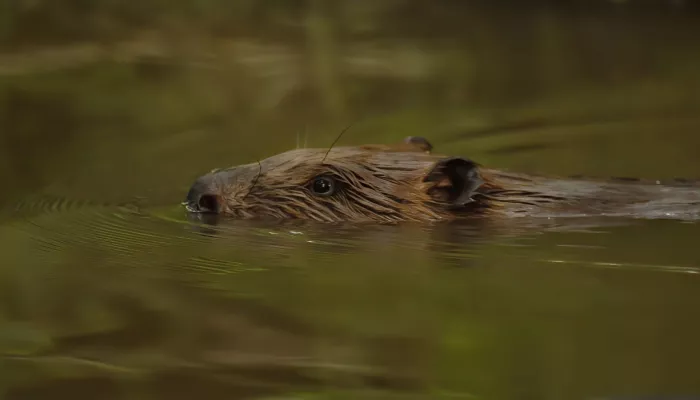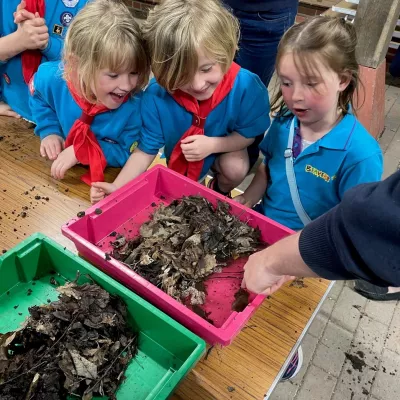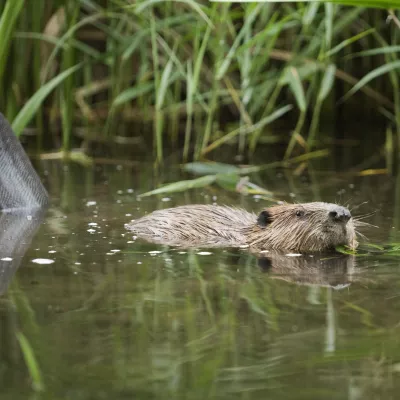Discover how beavers engineer their habitats in this hands-on, practical workshop.
Once extinct in the UK, beavers can now be found across Kent. As a keystone species, beavers play an important role in influencing the biodiversity of their environments – as a result they provide an excellent opportunity to investigate the inter-relationship between species and their habitats. During the workshop, learners will get the opportunity to identify a range of living things and how they are adapted to their habitats and look at how habitats can change over time.
Children will then take on the role of engineers in building their own beaver dams. Our knowledgeable tutors will then lead discussions on the importance of beavers in Kent and the impact of their dams on our ecosystems.
- Venue: Available at Tyland Barn Nature Park and Sevenoaks Wildlife Reserve.
- Setting: Covered teaching shelter and indoor classroom.
- Time: 50 minutes – 90 minutes (depending on number of groups per visit).
National Curriculum Links
- identify and name a variety of common animals including fish, amphibians, reptiles, birds and mammals
- identify and name a variety of common animals that are carnivores, herbivores and omnivores
- describe and compare the structure of a variety of common animals (fish, amphibians, reptiles, birds and mammals, including pets)
- identify that most living things live in habitats to which they are suited and describe how different habitats provide for the basic needs of different kinds of animals and plants, and how they depend on each other
- identify and name a variety of plants and animals in their habitats, including microhabitats
- describe how animals obtain their food from plants and other animals, using the idea of a simple food chain, and identify and name different sources of food.
- identify that animals, including humans, need the right types and amount of nutrition, and that they cannot make their own food; they get nutrition from what they eat
- recognise that living things can be grouped in a variety of ways
- explore and use classification keys to help group, identify and name a variety of living things in their local and wider environment
- recognise that environments can change and that this can sometimes pose dangers to living things.
- describe how living things are classified into broad groups according to common observable characteristics and based on similarities and differences, including microorganisms, plants and animals
- give reasons for classifying plants and animals based on specific characteristics.
- identify how animals and plants are adapted to suit their environment in different ways and that adaptation may lead to evolution.




